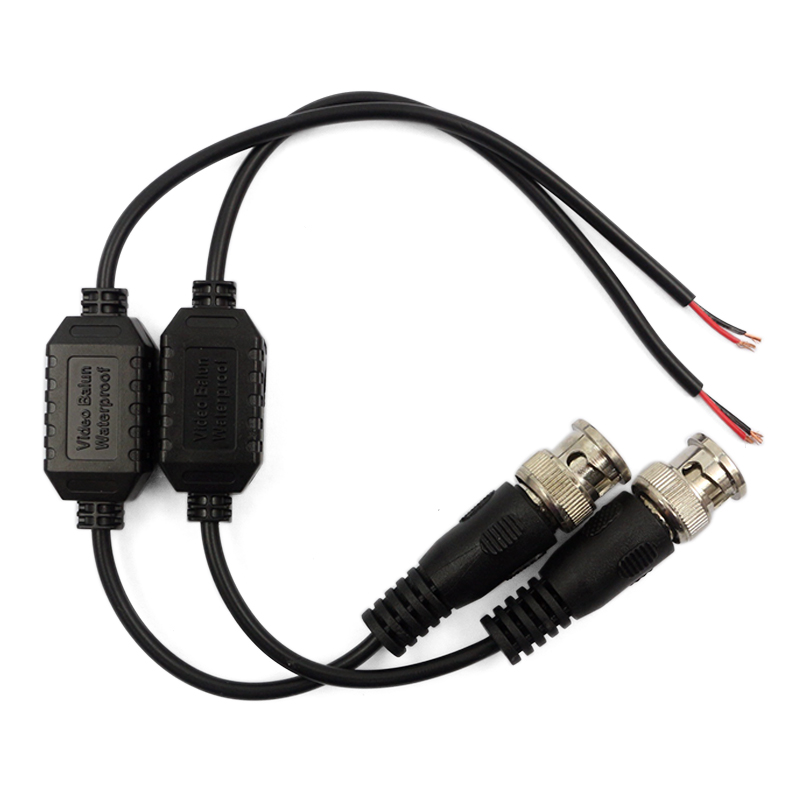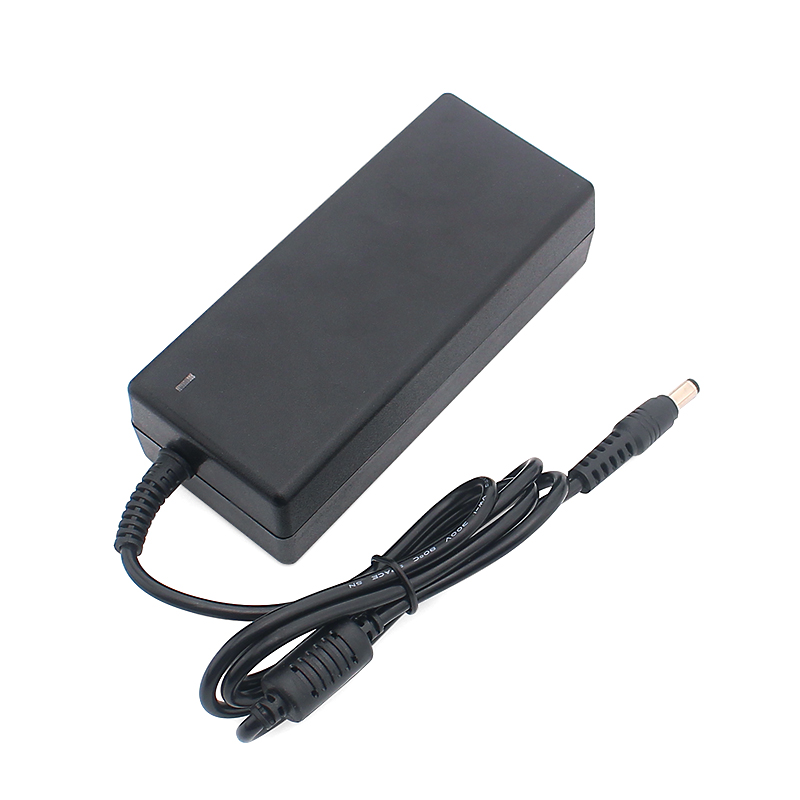Introduction to Linear & Switching Power Supplies
 Winkasing
Winkasing  Jul 02,2020
Jul 02,2020
The main features of a linear power supply are the transformer, large input capacitor, and large transistor with a heat sink . Conventional linear power supplies use a low-frequency transformer consisting of a core made from silicon steel sheet that converts AC mains to the desired voltage and rectifies and filters the voltage to a DC level. Because equipment requires stable DC voltage, the filtered and rectified DC level must be managed with a power regulator, which clamps excess voltage at a specific level and dissipates unwanted voltage as heat.
Linear power supplies should have a limit on the variable range of the AC input voltage in order to maintain the efficiency of the power supply. Linear power supplies clamp unwanted voltage as well as ripple voltage, dissipating both as heat, resulting a very small ripple voltage. Linear power supplies have, as the name implies, linear topology, meaning ripple noise and EMI are not a concern.
A switching power supply improves many of its linear counterparts shortcomings, namely the huge volume, considerable weight, and low efficiency. A switching power supply filters and rectifies the voltage from the AC mains without a low-frequency transformer. Because of the high rectified voltage, the bulk capacitor’s capacitance can be remarkably small. Switching power supplies have high-frequency transistor’s that chop the high DC voltage into high AC voltage, converting it into a specified voltage with a high-frequency transformer, and finally rectify and filter the voltage to a DC level. The high-frequency switching of the diodes and the transistor creates ripple noises at the transient of switching.
Switching power supplies are smaller, lighter, and more efficient than linear power supplies, which is why switching power supplies have become increasingly popular in field applications. In addition, switching power supplies continue to come down in price. However, switching power supplies have the disadvantages of having comparatively complicated circuitry, less stability, greater ripple, slower transient response, and are subject to EMI (which can be reduced with filters). The choice between linear and switching power supplies comes down to whether you will be working in the field.











